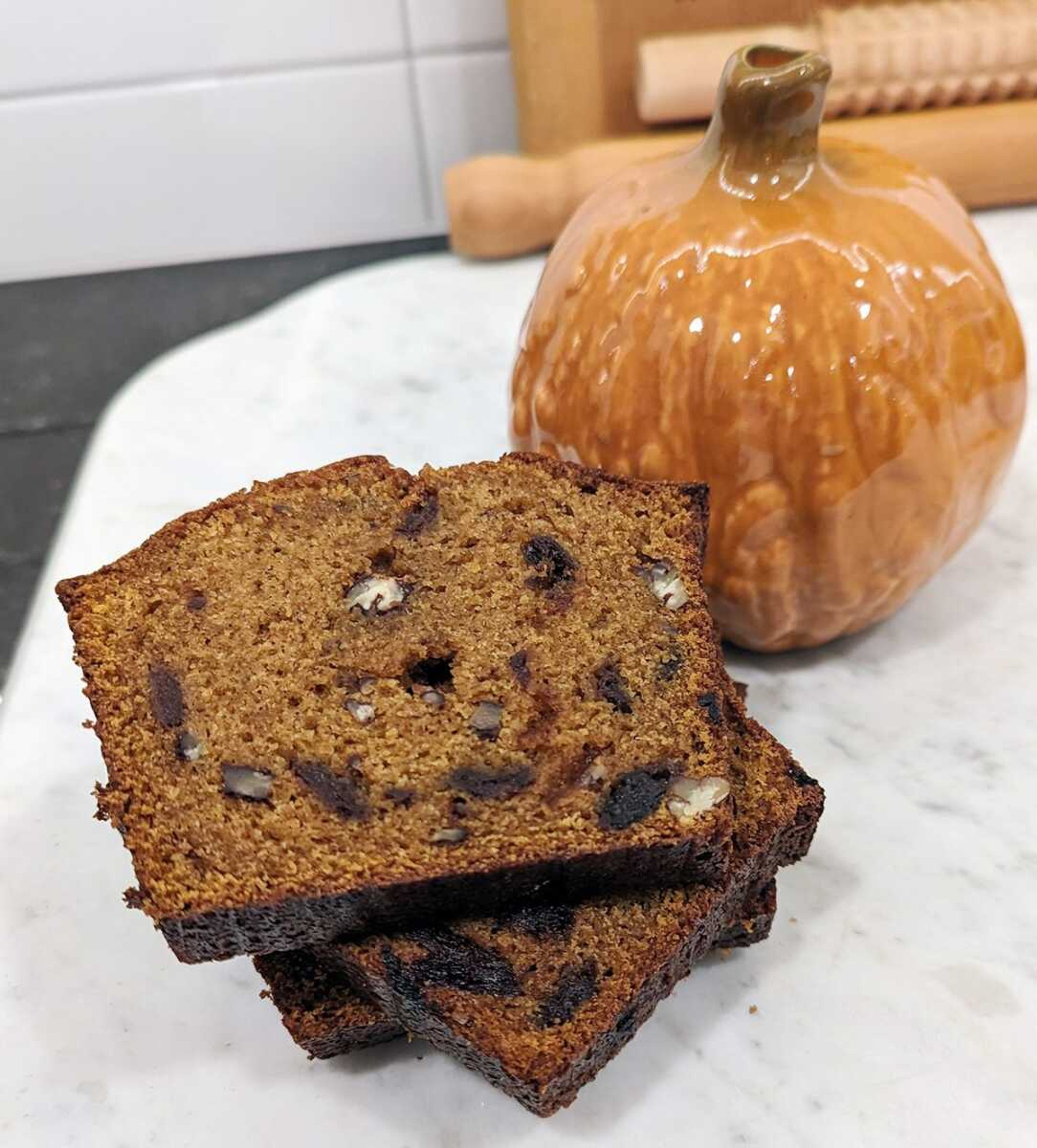This is my favorite season of the year. No, not Fall. Pumpkin season. I like pumpkin in all of its culinary manifestations: pumpkin brownies, pumpkin chili, pumpkin pasta, pumpkin waffles, pumpkin creme brulee, pumpkin ice cream, pumpkin cheesecake, pumpkin risotto, and, of course, pumpkin pie. Forty years ago, incurring the skepticism of some of my relatives, I was making pumpkin ravioli for Thanksgiving long before it was available at the grocery store.
At the holidays I'm in charge of the pumpkin pies and every year I try to come up with some novel variation on the classic recipe. I've tried pumpkin pie with dark chocolate, pumpkin pie with white chocolate, pumpkin chess pie, pumpkin praline pie, chai-spiced pumpkin pie, and many others. And every year, the verdict is the same: old-fashioned pumpkin pie is still the best. Truly, the only way to top plain pumpkin pie is with extra whipped cream.
This is exactly the opposite from pumpkin bread, which is every bit as much a holiday staple in some parts of the country as pumpkin pie. As Cindy Ott notes in "Pumpkin: The Curious History of an American Icon", an exploration of the role of the pumpkin in American popular culture, in the early 19th century, when pumpkin pie was becoming de rigueur at Thanksgiving, pumpkin bread was just as commonplace on Kentucky tables as pumpkin pie was on New England ones. But unlike pumpkin pie, it seems to me, pumpkin bread invites additions and variations of all kinds from dried fruits, to nuts and seeds, to peanut butter, and swirls of cream cheese.
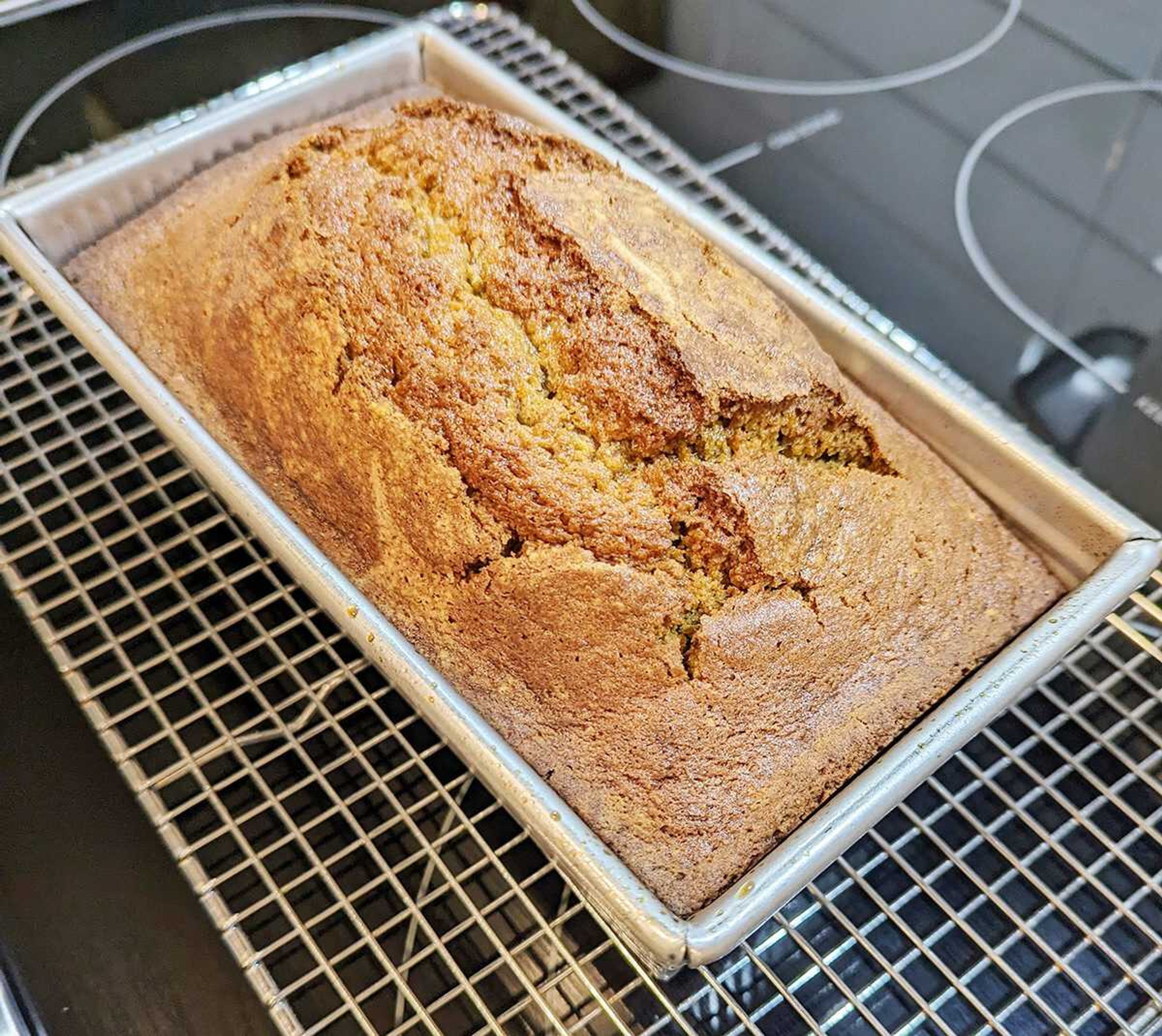
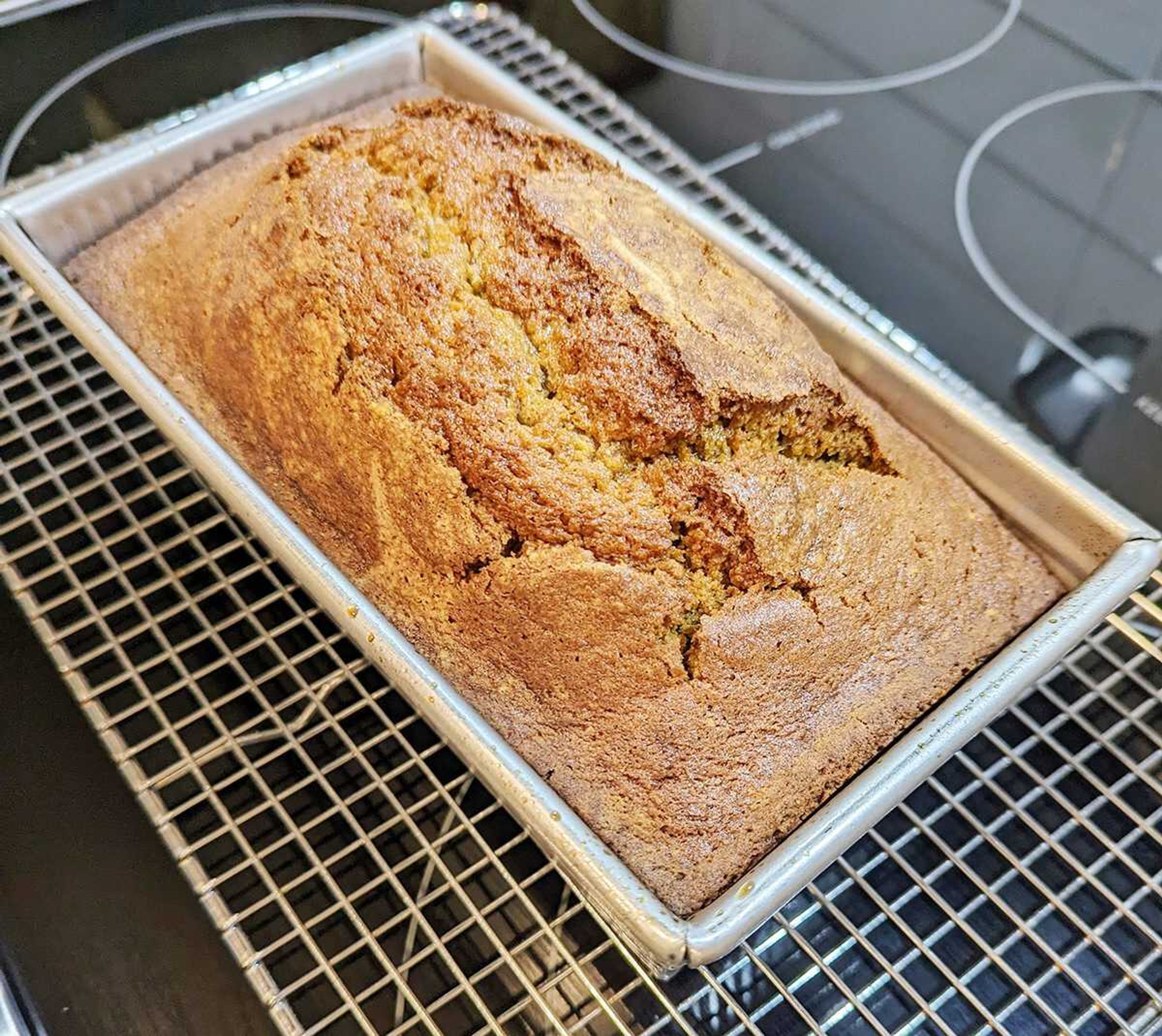
Pumpkin bread, in fact, has been around much longer than pumpkin pie, which was something of a late comer. The first recipe for it did not appear in an English cookbook until 1675 and not in an American cookbook until 1796. The Pilgrims didn't have pumpkin pie at the first Thanksgiving because sugar was expensive and they did not have much in the way of ovens, certainly not ones up to the demands of pie crusts.
It shouldn't be surprising that pumpkin bread has been around far longer considering that pumpkins were among the first domesticated plants in the New World. Archeologists have discovered pumpkin seeds as old as 10,000 years in Mexico, thousands of years before the emergence of corn. Thus, pumpkin bread has a history that precedes the arrival of European settlers and pumpkin pie in North America.
The earliest pumpkin breads, however, were not like the quick breads we think of today, which are more like cake than bread. They were frequently made with cornmeal rather than flour, yeast instead of baking powder, little sugar, and few of the spices we associate with pumpkin today.
Regardless of the recipe, unlike pumpkin pie, which most people consider principally just for the holidays, if you make pumpkin bread year round no one will consider you out of your gourd.
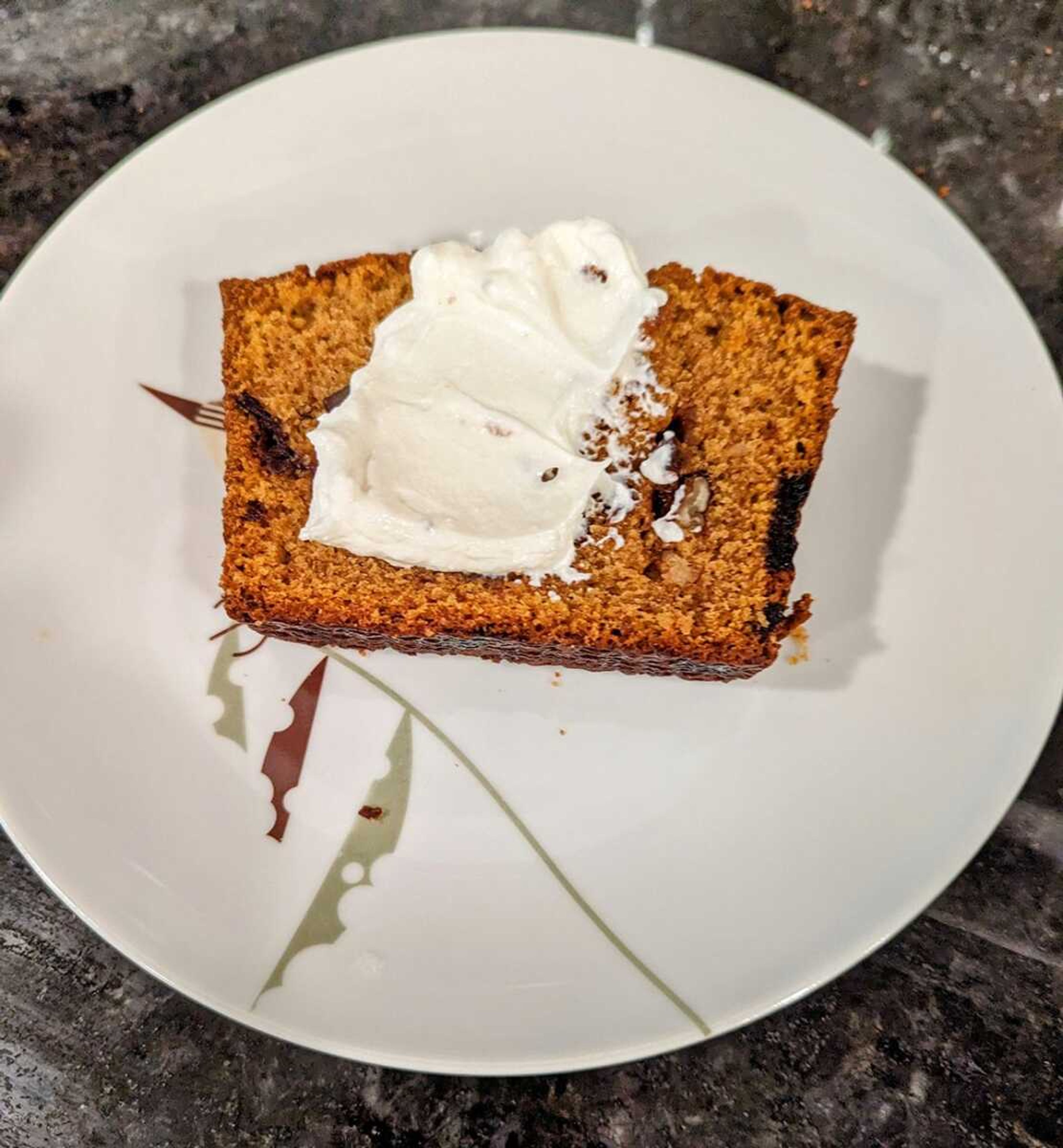
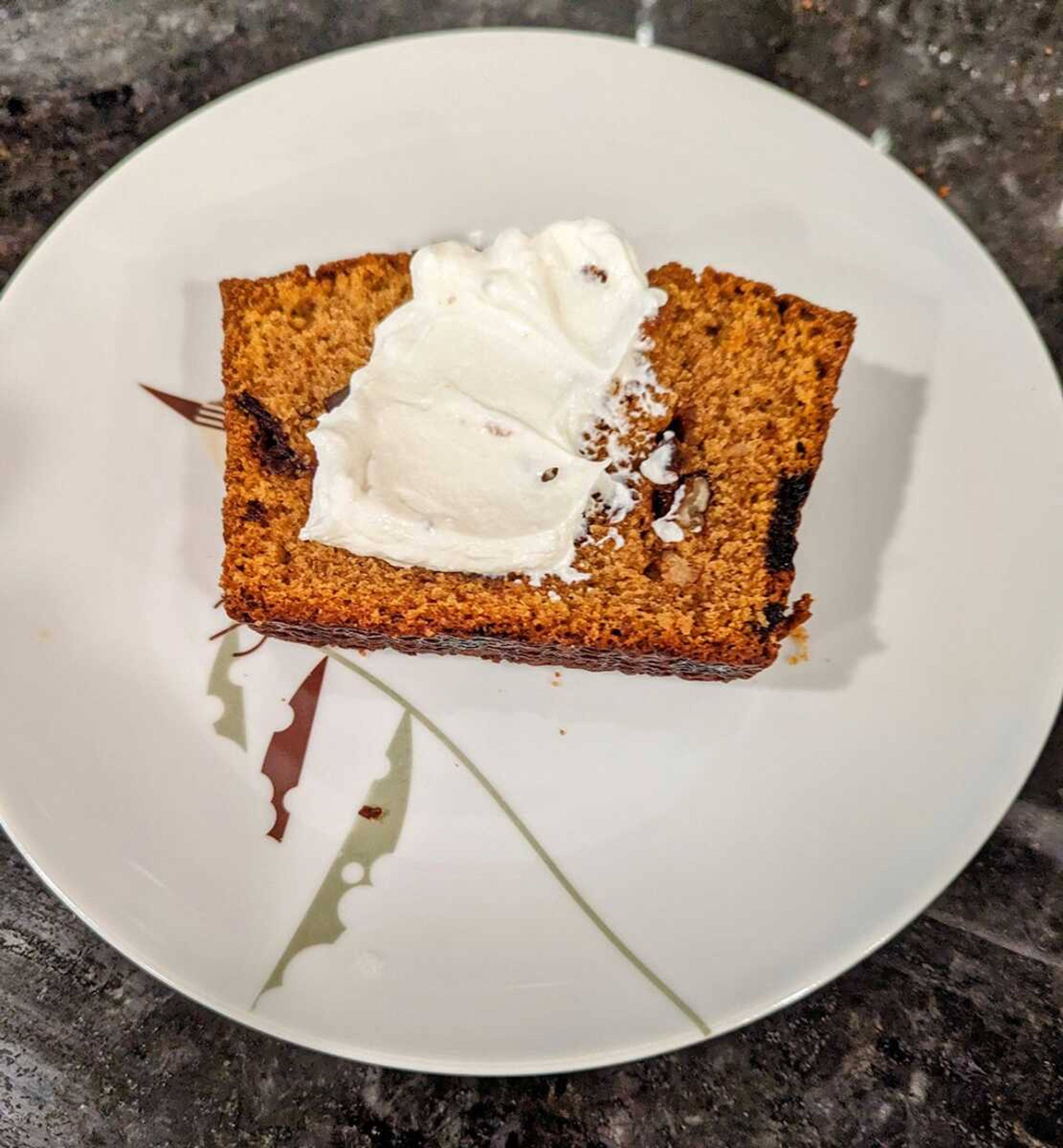
Five Spice Pumpkin Bread with Dried Cherries and Pecans
This pumpkin bread, inspired by a recipe from Better Homes and Gardens, involves a few notable variations, namely the use of five-spice powder in lieu of more conventional spices, malted milk powder for enhanced flavor and texture, and whole wheat flour. The result is a less coarse loaf than most quick breads and something more akin to French pain d'epices (spice bread).
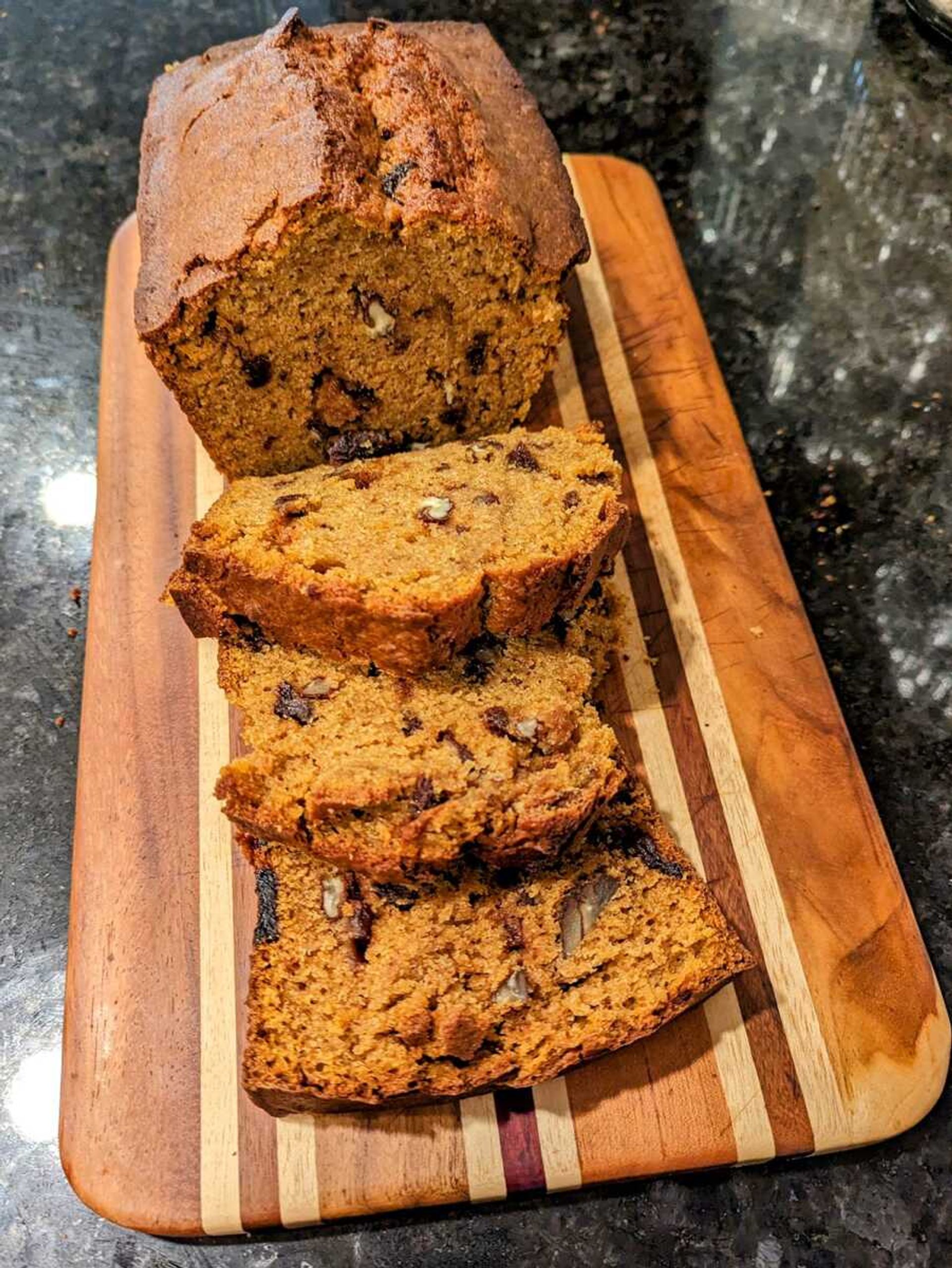
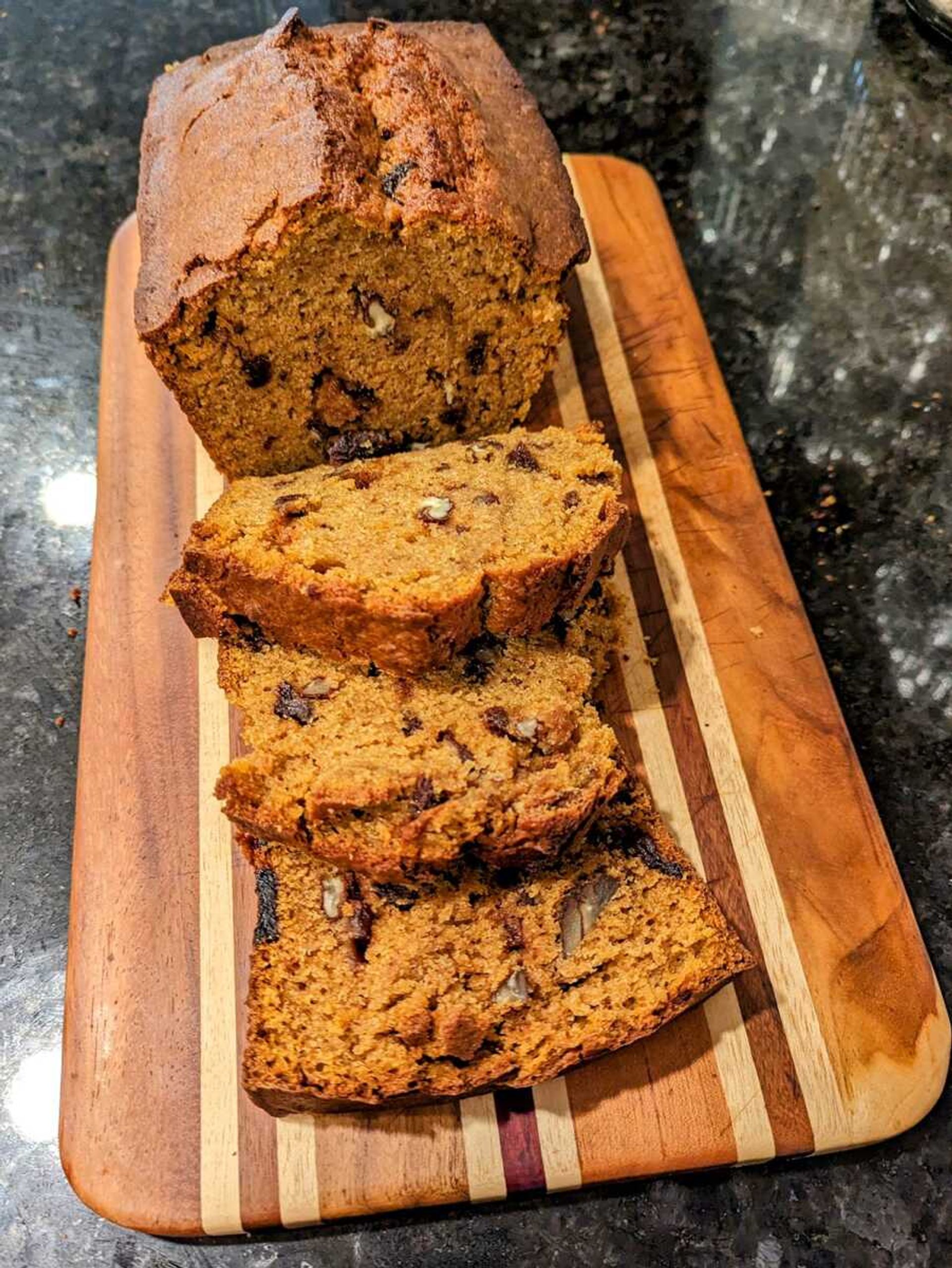
- 7/8 cup flour
- 3/4 cup whole wheat flour
- 1 tablespoon malted milk powder
- 1 teaspoon baking soda
- 3/4 teaspoon five-spice powder
- 1/2 teaspoon cinnamon
- 1/4 teaspoon nutmeg
- 3/4 teaspoon salt
- 1-1/2 cups sugar
- 1/2 cup vegetable oil
- 2 eggs
- 1 teaspoon vanilla
- 1/3 cup milk
- 1 cup pumpkin puree
- 1/2 cup dried cherries, chopped
- 1/2 cup toasted pecans, chopped
Whisk together flours, malted milk powder, baking soda, five-spice powder, cinnamon, nutmeg and salt. Beat sugar and oil on medium speed of mixer until combined. Beat in eggs and vanilla. Alternately add flour mixture and milk to sugar mixture beating on low following each addition just until combined. Beat in pumpkin. Fold in cherries and pecans. Spoon batter in greased 9x5 loaf pan and bake at 350 degrees for 60-65 minutes until center tests clean. Cool 10 minutes before removing from pan.
Connect with the Southeast Missourian Newsroom:
For corrections to this story or other insights for the editor, click here. To submit a letter to the editor, click here. To learn about the Southeast Missourian’s AI Policy, click here.


